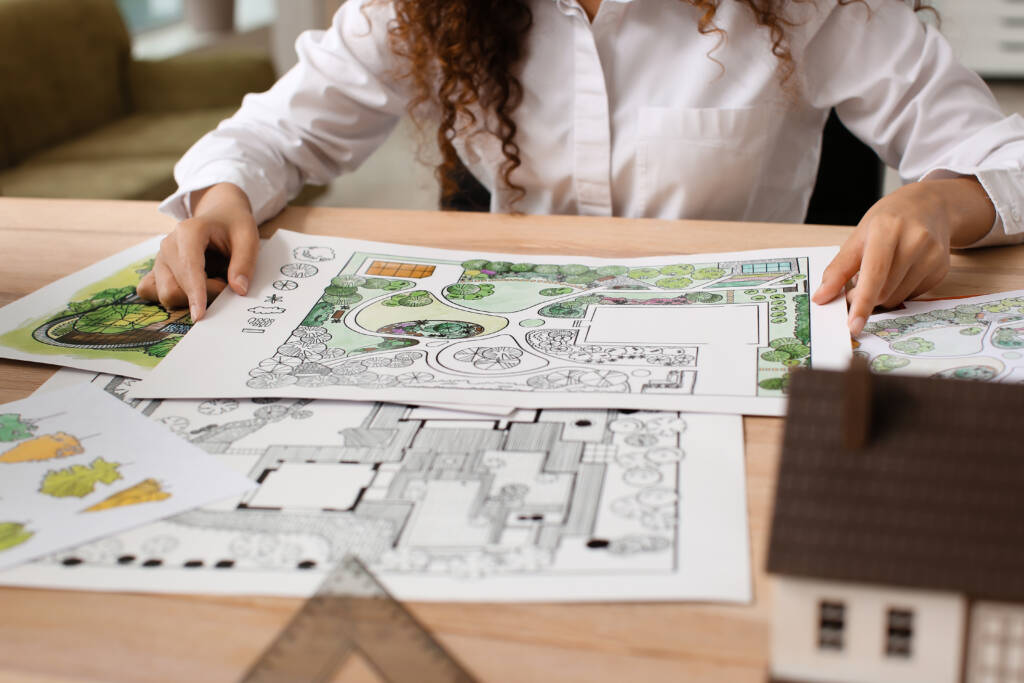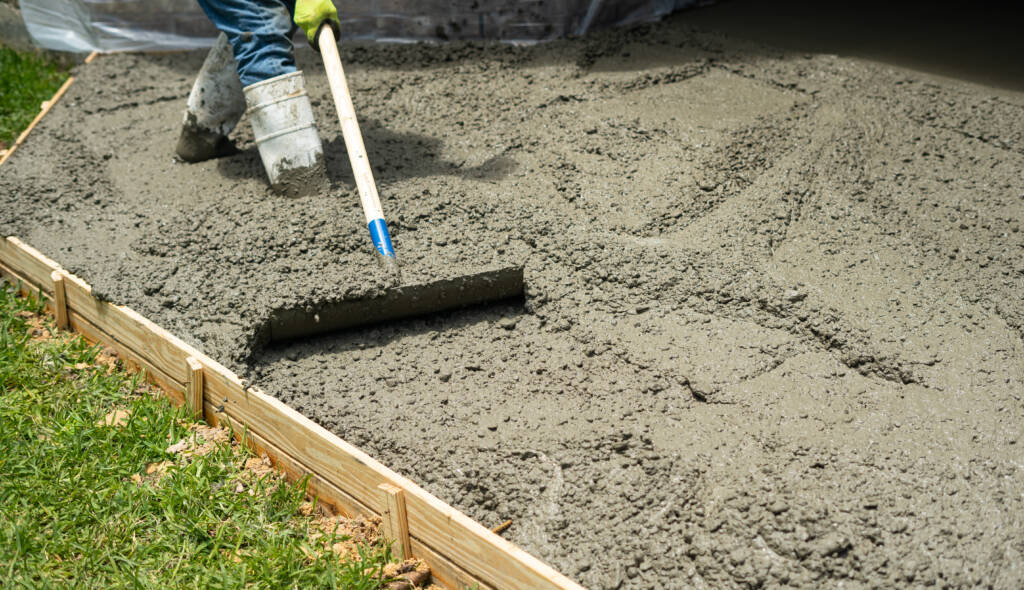As the seasons shift and new gardening possibilities emerge, homeowners in the UK are eagerly embracing innovative garden design trends that emphasise both aesthetics and functionality. Among the top choices for creating contemporary outdoor spaces is the integration of concrete elements. From building structures and shed bases to decorative accents, concrete offers a versatile and durable solution that can transform any garden into a modern oasis.
The Rise of Minimalism
One of the most prominent trends in garden design is the rise of minimalism. Clean lines, simple forms, and a focus on essential elements are at the heart of this trend. When incorporating concrete into a minimalist garden, less is often more. Begin by identifying key areas where concrete can make an impact, such as walkways, seating, and planters. Opt for sleek, geometric shapes that blend seamlessly with the surroundings. Consider concrete benches with smooth finishes that exude elegance while providing functional seating.
Sustainable Landscaping
Sustainability has become a crucial consideration in modern garden design. Concrete can play a significant role in creating sustainable landscapes. Homeowners can use permeable concrete pavers for pathways to promote water infiltration, reducing runoff and helping with water conservation. Additionally, consider using concrete to build raised beds for growing vegetables and herbs, reducing the need for constant tilling and providing better drainage.
Outdoor Living Spaces
With an increased desire for outdoor living, garden design has shifted towards creating inviting spaces for relaxation and entertainment. Concrete patios and decks offer a versatile foundation for such spaces. For enthusiastic DIY homeowners, pouring a concrete patio is a feasible project. Using stamped concrete techniques can mimic the appearance of natural materials like stone or wood, adding visual interest to the space.
Shed Bases and Structural Foundations
When it comes to building structures in the garden, such as sheds or small outdoor studios, a sturdy foundation is essential. Concrete provides the stability needed for these structures to withstand various weather conditions over time. Enthusiastic DIY homeowners can create a concrete shed base by preparing the ground, framing the perimeter, and pouring concrete to create a solid foundation. This ensures the longevity of the structure and prevents issues related to shifting or settling.
Barrow mix concrete offers remarkable durability, making it ideal for a variety of garden applications. Its well-calibrated compound ensures that the concrete can withstand the rigours of the ever-changing weather conditions in the UK. This resilience is particularly important for outdoor structures such as shed bases, walkways, and raised beds, which are subject to constant exposure to moisture and temperature fluctuations.
Creative Concrete Planters
Concrete planters have gained popularity due to their modern and versatile appearance. Homeowners can experiment with various shapes and sizes to add visual interest to their gardens. DIY enthusiasts can easily create their own concrete planters using molds and mixes available at hardware stores. These planters can be strategically placed throughout the garden, adding an artistic touch while allowing for an array of plant varieties to flourish.
Artistic Accents and Sculptures
Concrete can serve as a medium for artistic expression in the garden. Sculptures, birdbaths, and other decorative accents can be crafted from concrete to add a unique touch to the outdoor space. Enthusiastic DIY homeowners can experiment with different molds and finishes to create personalised concrete artworks that align with their garden’s design theme.
Blend of Materials
Modern garden design often involves the combination of various materials to create a harmonious and visually appealing landscape. Concrete pairs exceptionally well with natural materials like wood and plants. For example, integrating concrete stepping stones into a gravel path or using concrete blocks to create a raised garden bed can establish a stunning juxtaposition between the ruggedness of concrete and the organic beauty of plants.
Incorporating concrete into garden design trends requires careful planning and execution. Enthusiastic DIY homeowners should begin by researching the appropriate concrete mixes and techniques for their specific projects. It’s essential to consider factors such as drainage, weather resistance, and aesthetics.
To successfully implement these trends, homeowners can follow these steps:
Plan Thoroughly: Decide which concrete elements will best complement your garden’s design theme and layout. Sketch out your ideas and measure the areas where you’ll be using concrete.
Choose the Right Concrete Mix and Amount: Depending on the project, select the appropriate concrete mix and the amount you’ll need. For decorative elements, consider mixes that allow for smoother finishes, while structural elements require stronger mixes.
New Mix Concrete’s fleet features volumetric concrete mixers capable of transporting raw materials separately and conducting on-site mixing, ensuring homeowners receive fresh and accurately proportioned concrete, mitigating concerns about premature setting during transit. This technology empowers homeowners with the flexibility to fine-tune the mix on-site, accommodating last-minute modifications.
Integrating concrete from New Mix Concrete’s innovative trucks not only streamlines DIY processes but also guarantees superior concrete quality for garden design projects. Homeowners can confidently pursue their garden endeavours, armed with durable barrow mix concrete and the convenience of on-site mixing, courtesy of New Mix Concrete’s diverse fleet. To work out the concrete you need, New Mix has a handy online concrete calculator.
Prepare the Site: Properly prepare the site by levelling the ground, ensuring proper drainage, and providing a stable base for the concrete.
Experiment with Finishes: Depending on the project, explore various finishing techniques such as stamping, staining, or polishing to achieve the desired look.
Maintenance: After completing your concrete projects, regular maintenance is key to keeping them looking great. Sealing concrete surfaces can help protect them from weathering and staining.
The incorporation of concrete into garden design trends offers a range of creative possibilities for enthusiastic DIY homeowners in the UK. From minimalistic aesthetics to sustainable landscaping, concrete serves as a versatile and durable medium that can elevate any garden’s appeal. By carefully planning, selecting the right concrete mixes, and executing projects with attention to detail, homeowners can bring their modern garden design visions to life while embracing the enduring charm of concrete.






